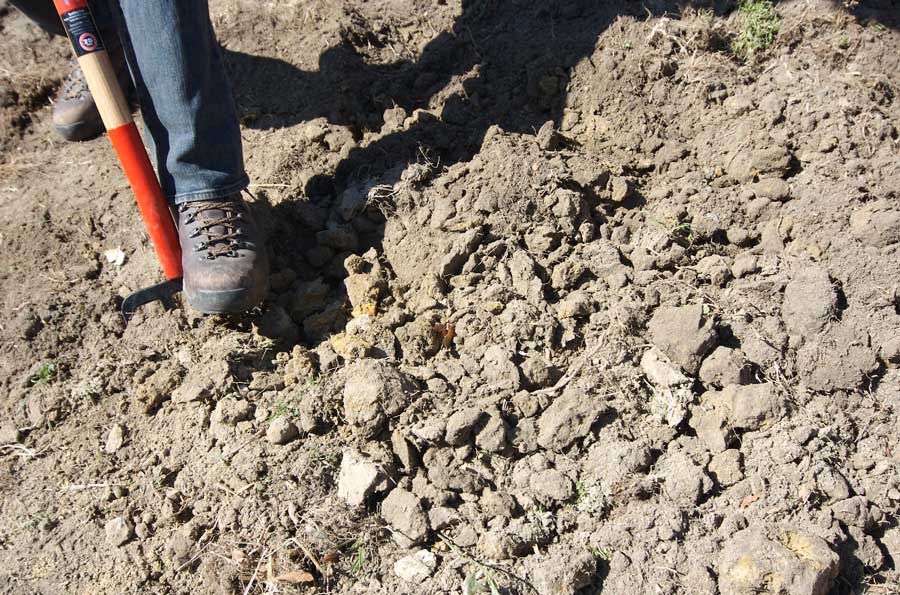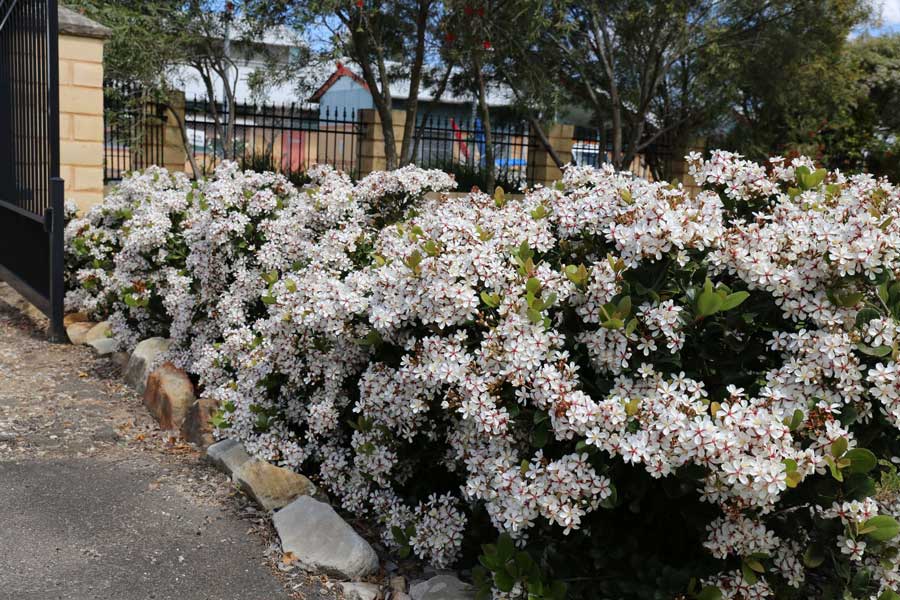Gardening in clay-dominant soil can be a challenging endeavour due to its heavy, compact nature. However, certain hedges are well-adapted to these conditions.
In this article, we will explore the characteristics of clay-dominant soil, identify the top 10 hedges suited for this environment, and share invaluable advice for successful hedge cultivation in clay-dominant soil.
- What’s a hedge that would thrive in clay soil? Keep reading!

Understanding Clay-Dominant Soil
What is Clay-Dominant Soil?
Clay-dominant soil, especially heavy clay soils, are characterised by their high clay content, leading to a heavy, dense texture. It retains water well but drains poorly, which can lead to issues with waterlogging. Compare this with sandy soils which are much lighter, easier to work with, and free draining.
Advantages and Disadvantages of Clay-Dominant Soil
While clay-dominant soil’s water retention ability can be beneficial during dry spells, it may cause problems in wetter periods due to poor drainage. On the upside, clay soils are often nutrient-rich, which can support the growth of many hedges.
Selecting Suitable Hedging Plants for Clay Soils
Factors to Consider
When choosing hedges for clay-dominant soil, consider their tolerance for waterlogged conditions and their nutrient needs. Some hedges thrive in the moisture-retentive conditions of clay soil, while others might struggle.
Top 10 Hedges for Clay Soil
Callistemon spp.
Callistemon, also known as bottlebrush, is a striking hedge that thrives in clay soil. Its vibrant, brush-like flowers and hardiness make it an excellent choice for gardens with clay-dominant soil. There are good callistemons that make perfect taller hedges.
- Here we have Macarthur™ Callistemon viminalis ‘LC01’ PBR in the foreground, and Slim™ Callistemon viminalis ‘CV01’ PBR in the background.

Melaleuca spp.
Melaleuca, commonly known as tea tree, is a versatile hedge that flourishes in clay soil. Its unique, fluffy flowers and tolerance to wet conditions make it a suitable selection for clay-based gardens.
Salt Bush (Atriplex spp.)
Salt Bush is a resilient shrub that can thrive in clay soil. Known for its salt-tolerance and silver-grey foliage, it adds a unique touch to any garden.
Murraya spp.
Murraya is a fragrant hedge that grows well in clay soil. Its glossy green leaves and aromatic white flowers make it a popular choice for gardens with heavy soil.
Choisya spp.
Choisya, also known as Mexican Orange Blossom, is a wonderful hedge for clay soil. Its bright, citrus-scented blooms and evergreen leaves offer year-round appeal.
Photinia spp.
Photinia is a robust hedge that thrives in clay soil. Its attractive red growth and dense foliage make it an excellent choice for privacy screens in clay-dominant gardens.
Thuja spp.
Thuja, or Arborvitae, is a tall, evergreen hedge that can tolerate clay soil. Its ability to withstand wet conditions and its lush, green foliage make it a suitable pick for clay-based gardens.
Cotoneaster spp.
Cotoneaster is a versatile hedge that adapts well to clay soil. Its weedy varieties should be avoided, but its colourful berries and flowers make it a beautiful addition to any garden.
Nandina spp. (For low hedges)
Nandina, or Heavenly Bamboo, is an excellent choice for low hedges in clay soil. It offers attractive foliage that changes colour throughout the seasons, adding year-round interest to your garden. These colourful hedge plants change their colours throughout the year which adds interest to the garden.
Raphiolepis spp.
Raphiolepis, also known as Indian Hawthorn, prefers well-drained loamy clay soil. Its glossy leaves and pink or white flowers make it a lovely choice for clay-dominant gardens.
- This raphiolepis really flowers its head off! Cosmic White™ Rhaphiolepis indica ‘RAPH01’ PBR.

Tips for Cultivating Hedges in Clay-Dominant Soil
Improving Soil Structure
Adding organic matter such as compost or well-rotted manure can improve the structure of your clay-dominant soil, enhancing its drainage and making it more hospitable for hedges.
Proper Watering Techniques
Due to its tendency to retain water, overwatering must be avoided when gardening in clay-dominant soil. Ensure your hedges receive enough water without becoming waterlogged.
Conclusion
While clay-dominant soil presents unique challenges, with the right choice of hedges and proper care, it is possible to create a thriving hedge garden. The hedges listed in this article are all excellent choices for clay-dominant soil conditions. Happy gardening!
